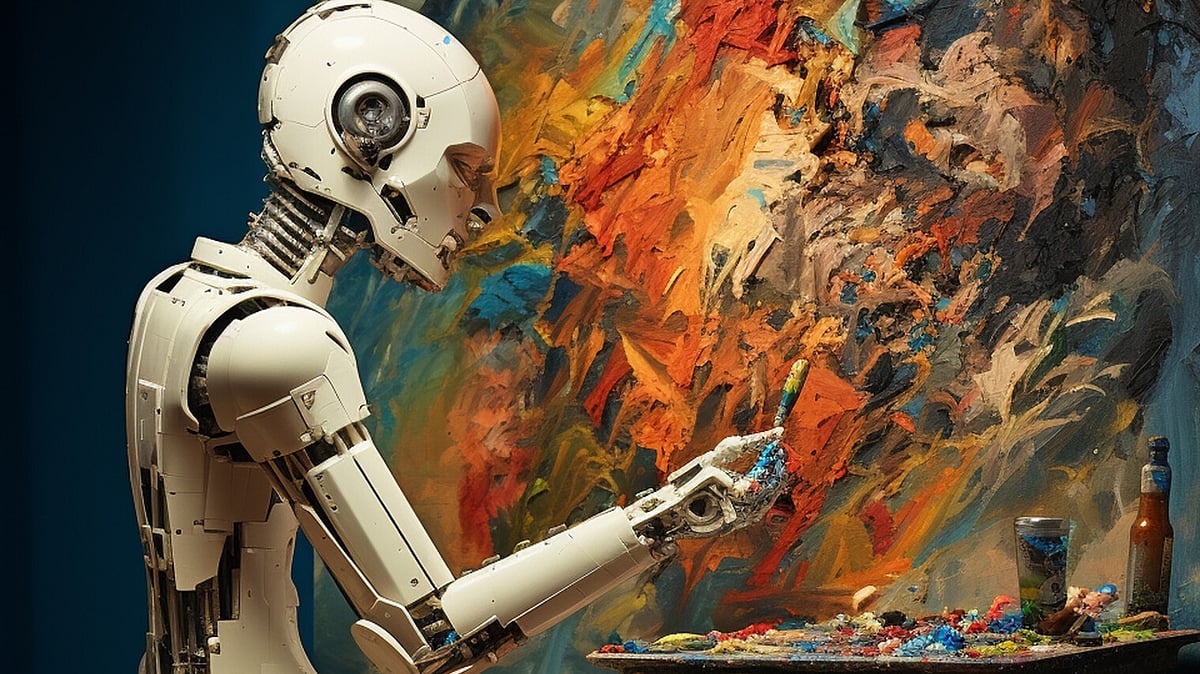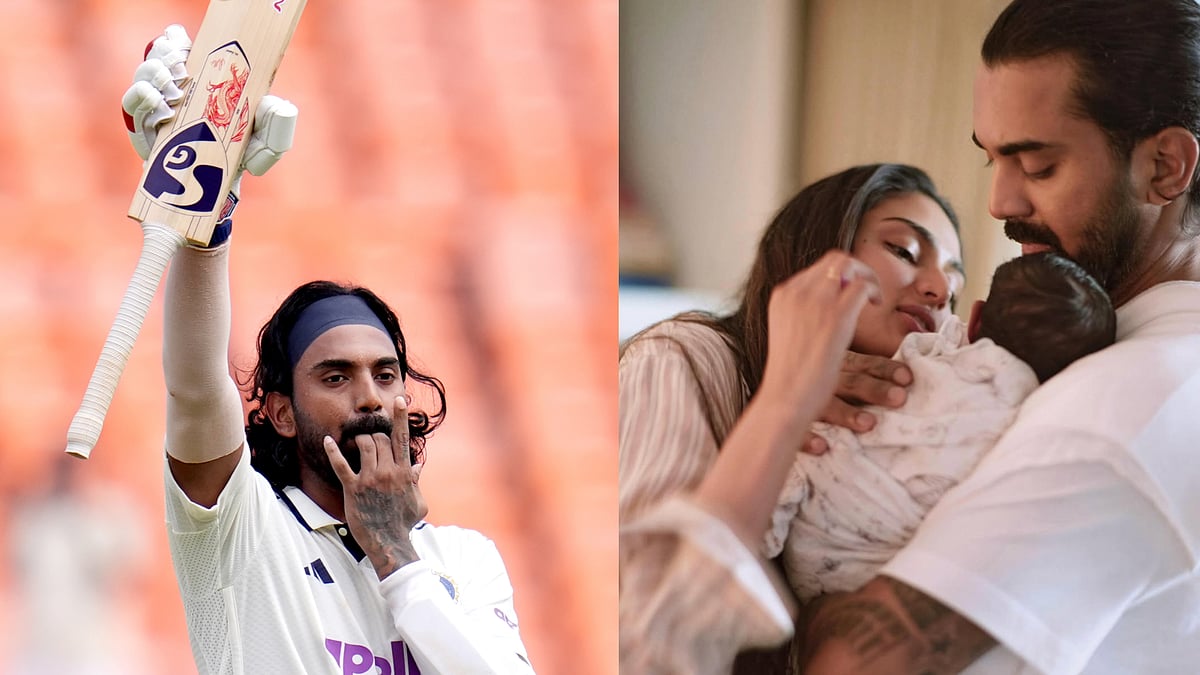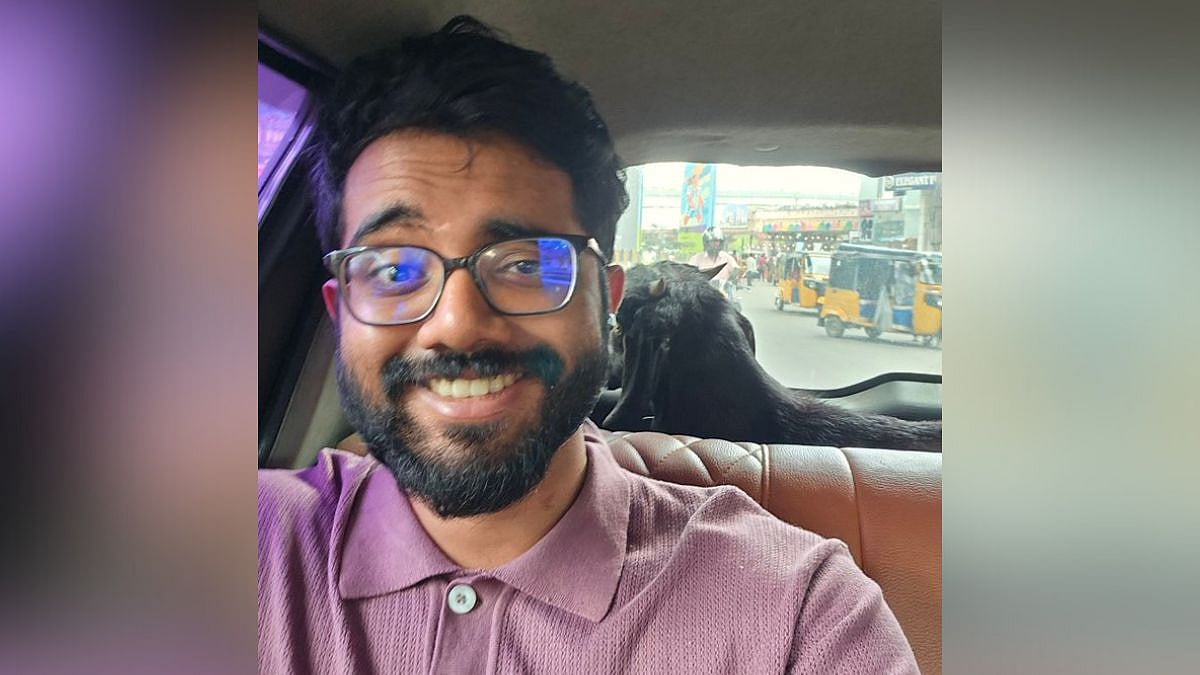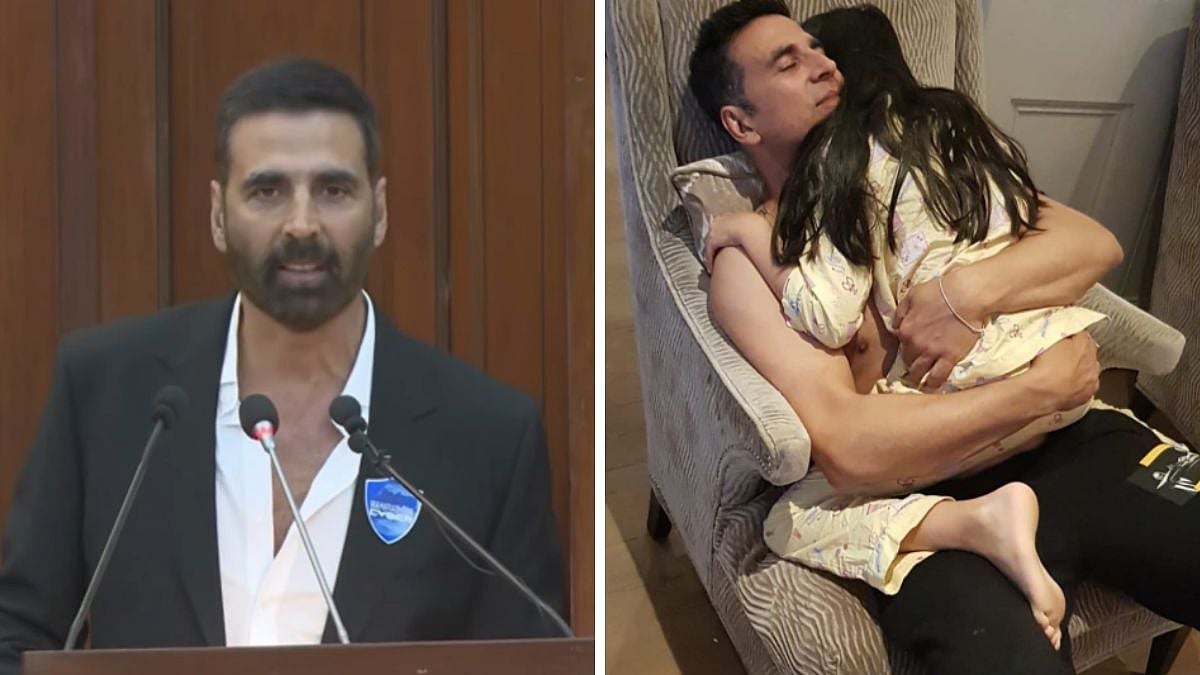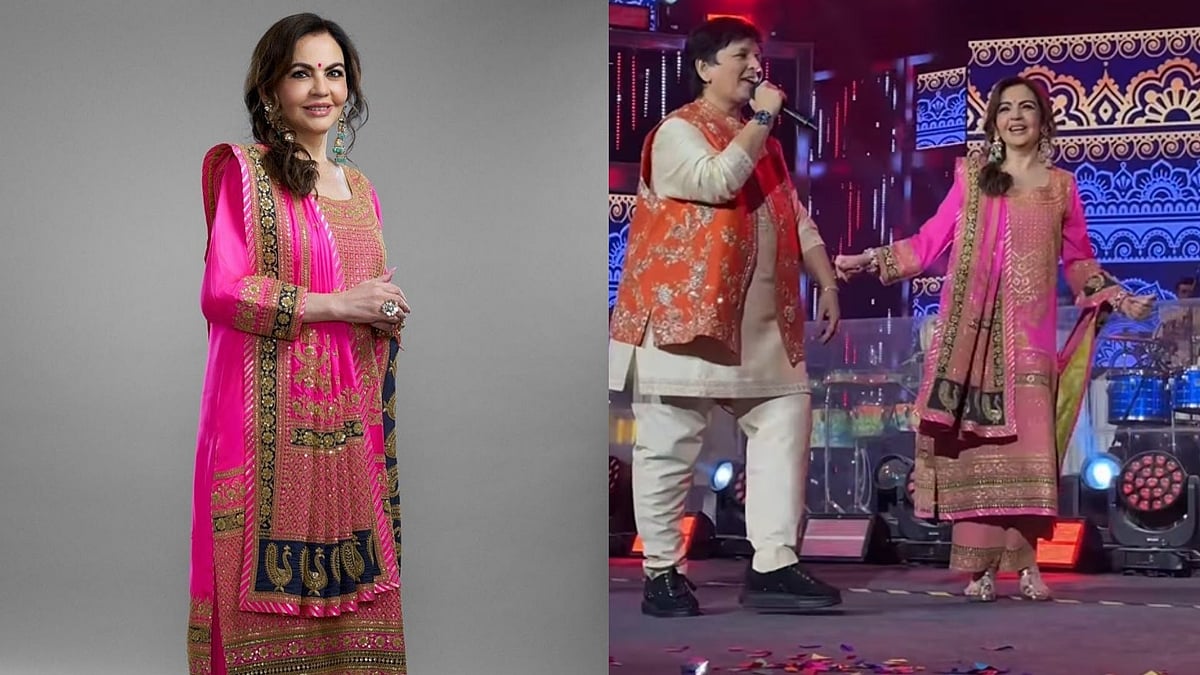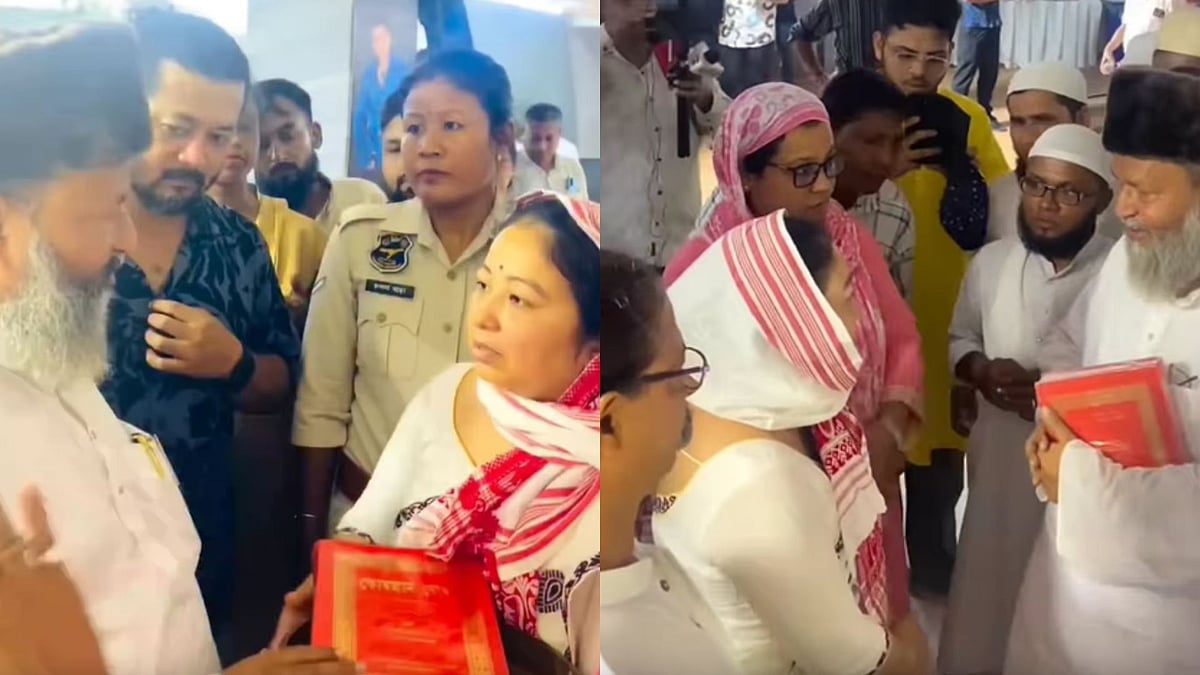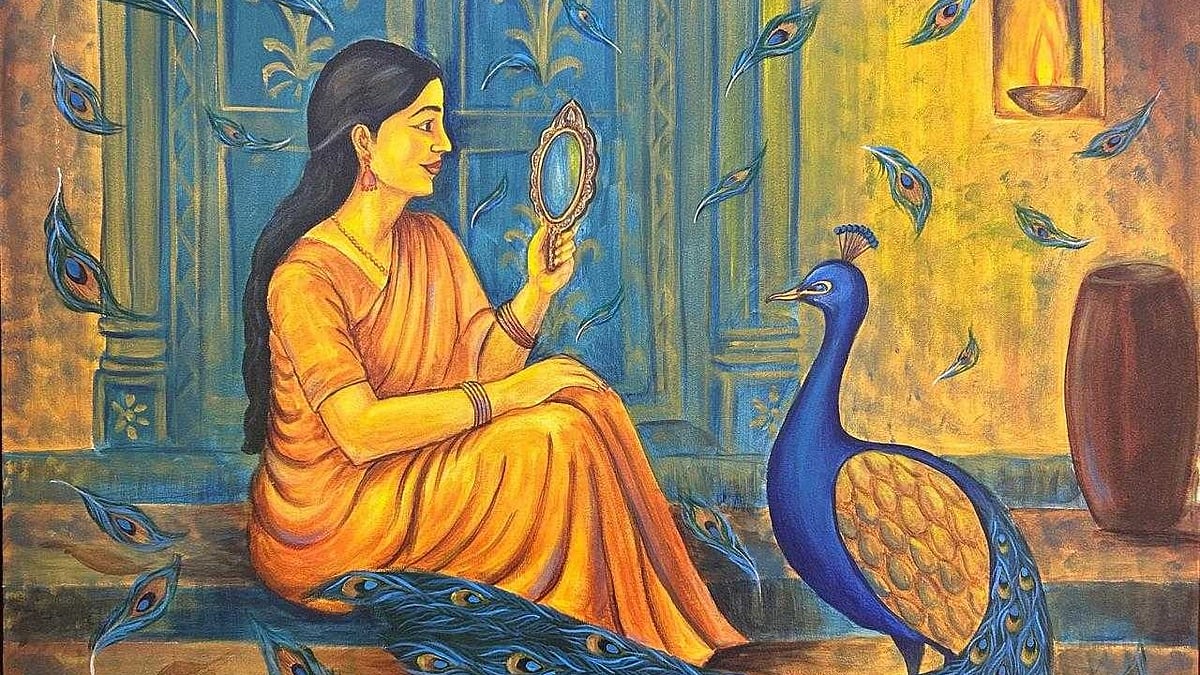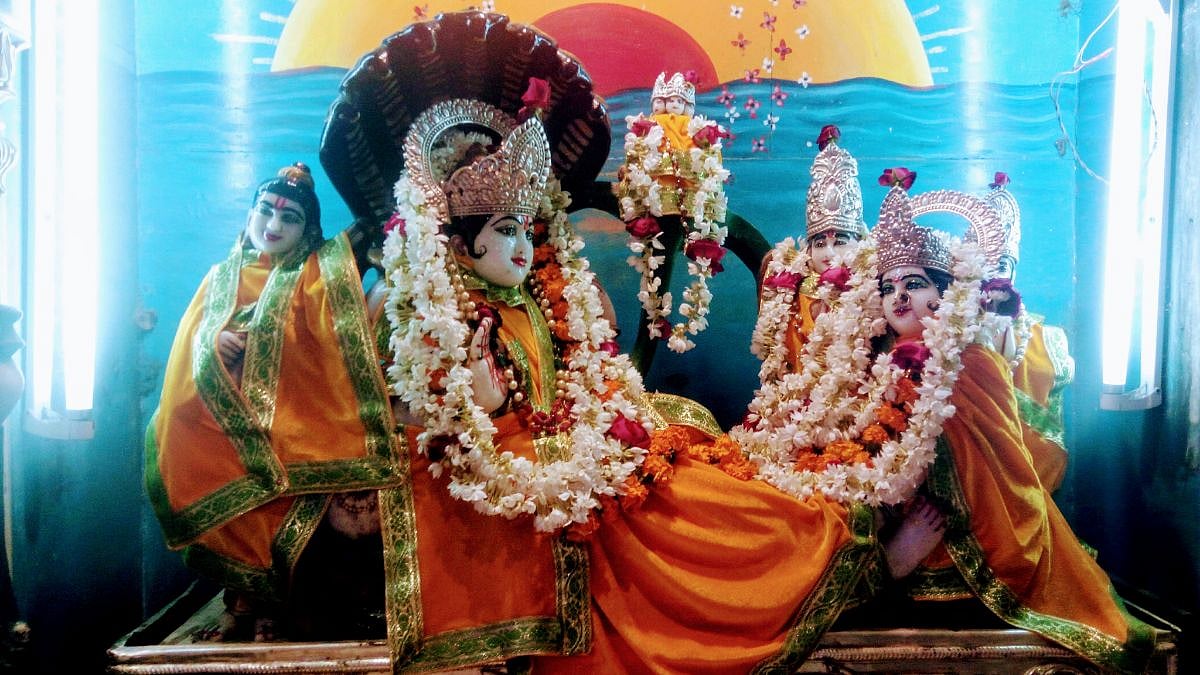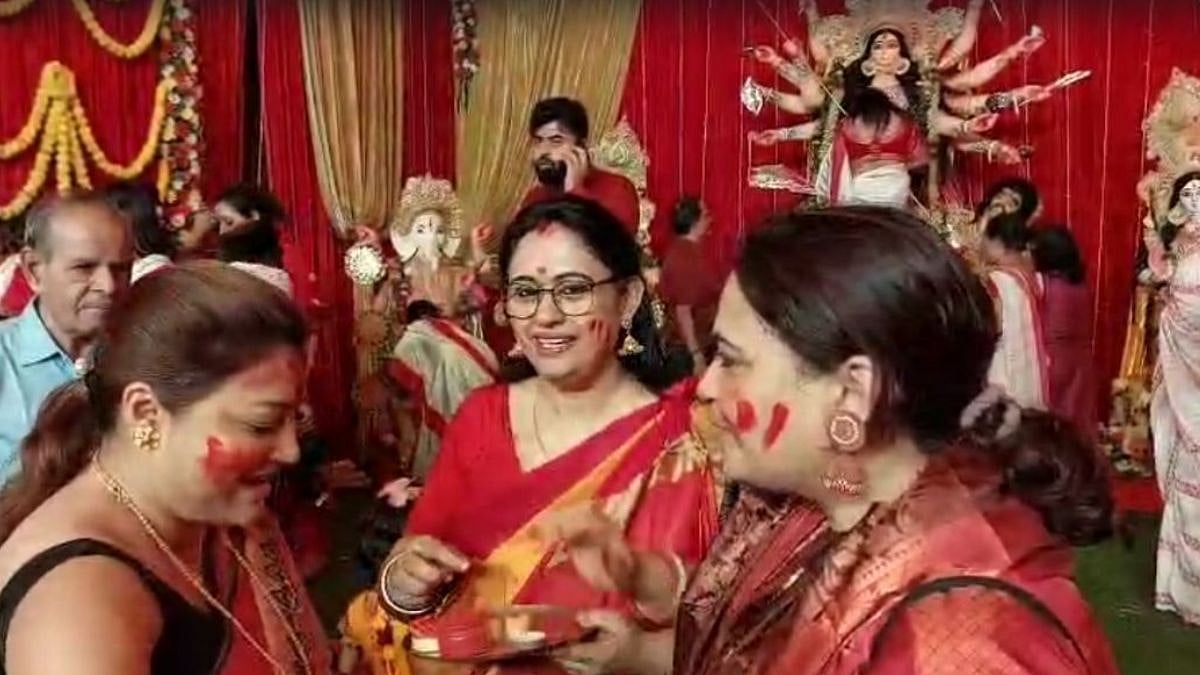"Cogito, ergo sum," said Descartes.
Descartes once wrote, "I think, therefore I am." This simple yet profound declaration places thought—the mind—as the foundation of existence and knowledge. In many ways, art too has been the external expression of our inner thoughts, emotions, and consciousness. Now, as artificial intelligence advances, it challenges us to reconsider what it means to think, create, and be. Is creativity solely a human domain, or can machines, decoding and responding to our thoughts, partake in this fundamental act?
From drawing on cave walls to mixing pigments from flowers, art has always been a reflection of the life we live.
For centuries, the artist’s hand was the primary tool—the brushstroke, the chisel’s mark, the artist’s labour in translating vision into form.
But the last three decades have altered not only how art is created, but how it is shared, experienced, and imagined. The internet tore down geographical and cultural walls, connecting artists and audiences worldwide like never before.
A tribal Warli pattern painted in a small Indian village can now spark curiosity and inspire someone thousands of miles away, opening fresh dialogues between cultures once worlds apart.
While the internet liberated art from physical and geographical boundaries, it didn’t replace the artist’s hand—it expanded the canvas, widened the gallery, and diversified the audience.
But today, artificial intelligence is ushering in a new revolution, one that questions even the role of physical labor in art creation. Imagine earphones that can decipher your thoughts or search the internet with a silent command—not a word spoken aloud but a signal transmitted from mind to machine.
The MIT experiment with these earphones demonstrated how brain signals could be captured and interpreted, transforming thought directly into action or search queries. This is not science fiction; it is already happening.
AI is transforming art and creativity in ways we could scarcely imagine a generation ago. It can remix ancient Warli motifs with modern aesthetics, recreate lost crafts with astonishing accuracy, and even generate new forms of visual language. I witnessed this shift firsthand in 1991 when I organised a digitally aided show featuring Indian masters like M.F. Husain, S.H. Raza, and Akbar Padamsee.
Introducing Photoshop to these giants was revelatory. Husain was mesmerised by how a rough sketch could be transformed effortlessly; Raza saw endless possibilities in the digital palette of 3.2 million colours. Padamsee famously exclaimed that this technology created a “completely new visual language,” one that transcended the limits of brush and canvas.
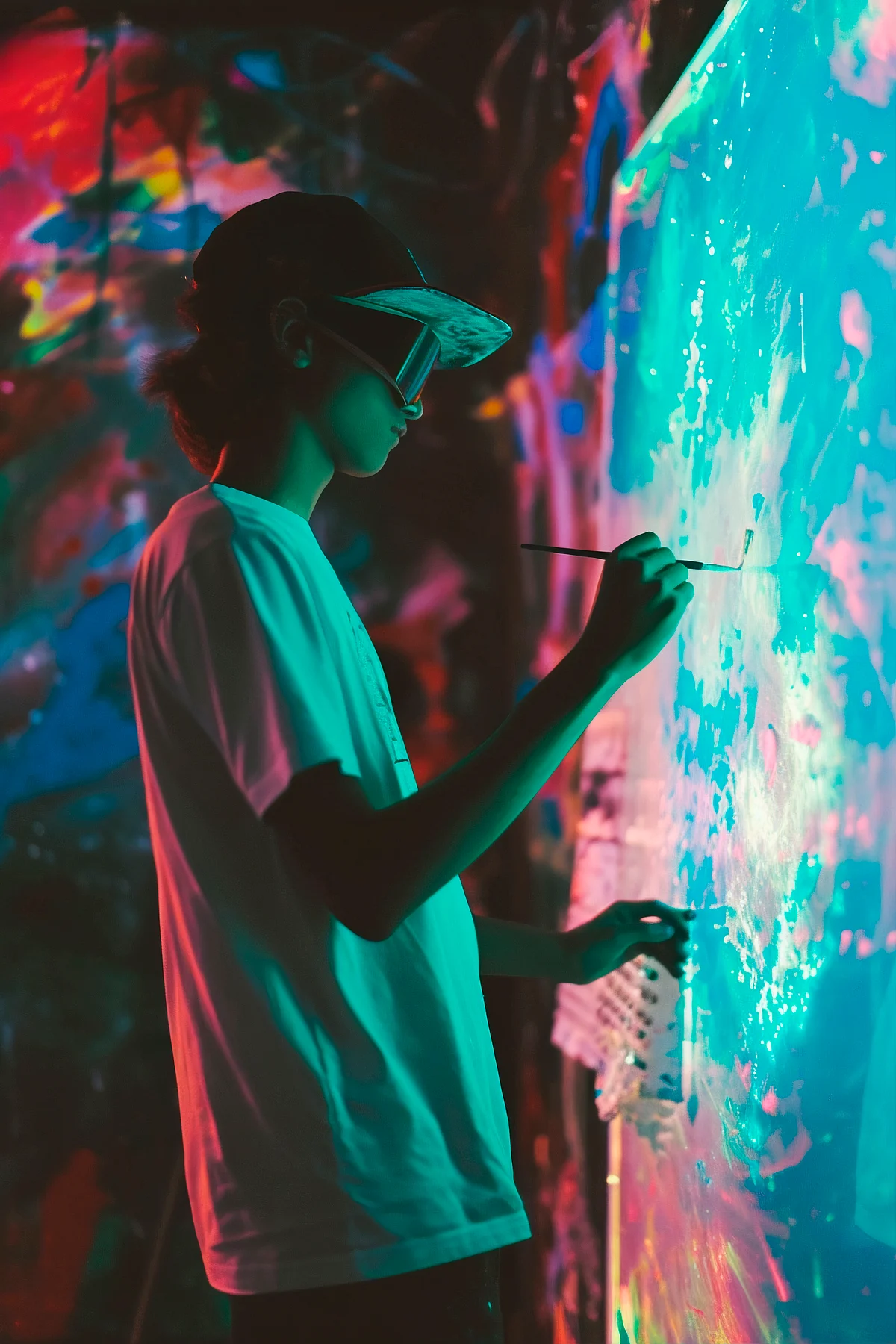
One contemporary example that illustrates AI’s creative potential is the work of artists using neural networks to generate portraits or abstract art that challenge traditional aesthetics. These AI-generated pieces raise questions about authorship and intention. Who is the artist—the human guiding the process, or the machine producing the output? This collaboration blurs lines but also opens new creative frontiers.
Yet, even with these marvels, scepticism remains. When the art is not “touched by paint,” some say it’s not truly art. I remember Atul, a respected contemporary artist, confessing after his first AI-assisted piece, “I miss the smell of paint, the feel of paper.” His words remind us that art is deeply sensory, tied to the physicality of creation.
But what if sensory simulation evolves? What if future technologies can replicate not just the look but the tactile and olfactory experience of art-making? The possibilities open up a fascinating frontier.
In this evolving landscape, the mind and thought are gaining unprecedented value—sometimes more than physical labour. It’s as if the artist’s imagination is the final frontier, while machines handle the mechanics. Think of robotic arms applying brushstrokes with precision, guided by AI algorithms that learn from thousands of masterpieces. Does this diminish the artist’s role, or does it shift their power to become the editor, the selector, the visionary behind the creation?
Ownership and creativity intertwine in complex ways. AI tools do not create in isolation—they respond to prompts, edits, and guidance from human users. In a sense, the human becomes the curator, the one who decides what to keep and what to discard, turning raw AI output into meaningful art. But this also raises questions about bias embedded in algorithms, cultural appropriation, and the displacement of traditional jobs.
Throughout history, every technological advancement—from the printing press to the camera, from typewriters to computers—has provoked fear of job loss. Yet, these shifts also opened new fields and opportunities.
AI will likely follow this path: some jobs may vanish, but many new roles—creative technologists, digital curators, AI ethicists—will emerge. Culture too, faces transformation. AI can uniformise aesthetics, reducing diverse art forms to data points, but it also has the power to elevate and preserve endangered traditions, making them accessible worldwide.
In India, this balance is particularly delicate. Our cultural wealth is vast, complex, and layered. AI can help keep traditions like Warli, Madhubani, and Kalamkari alive by making them searchable and remixable. But it must be done with care, guided by cultural context and collaboration, or risk turning rich stories into mere design motifs—a form of digital colonisation.
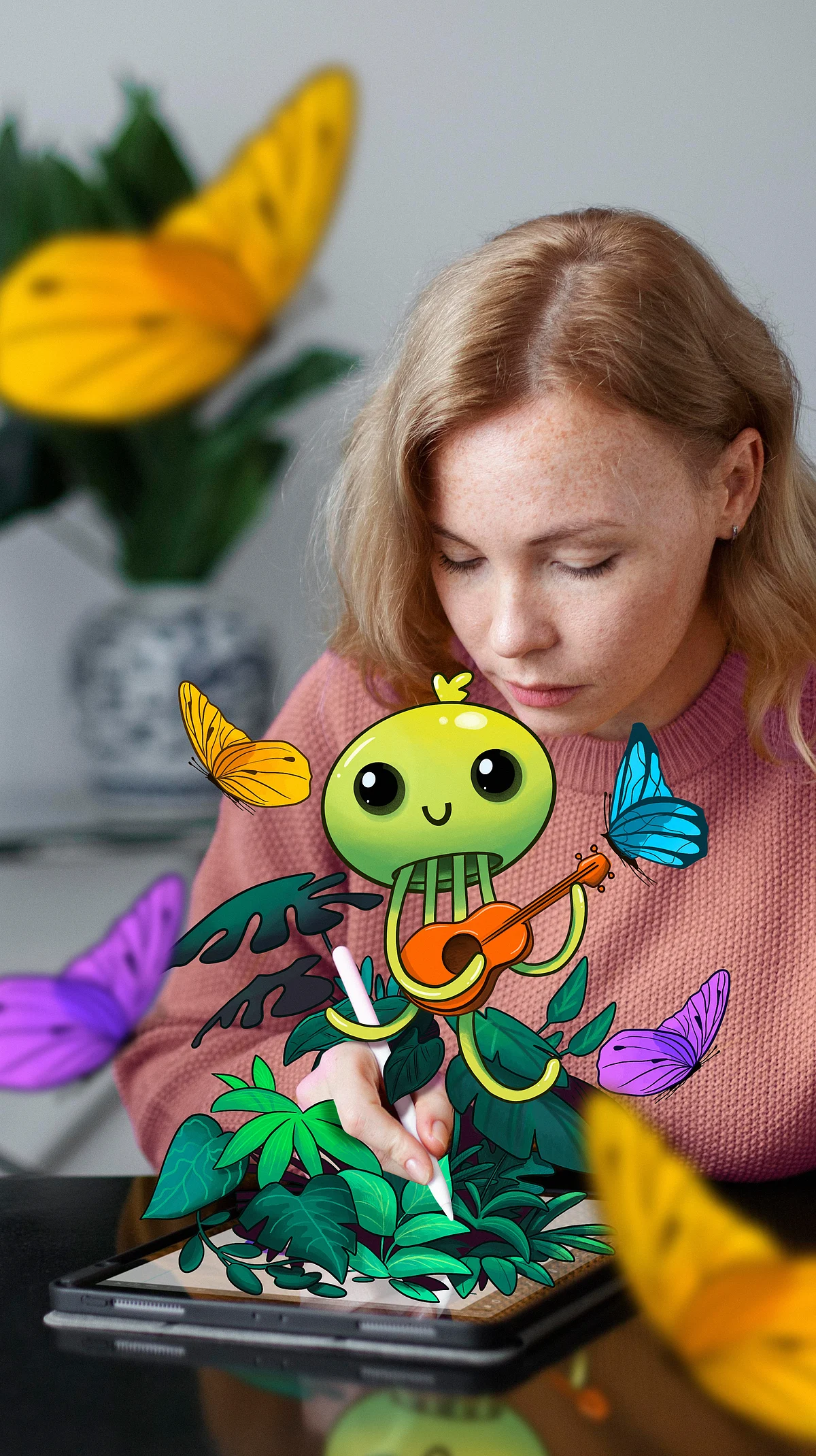
The question then is: how do we approach AI in art responsibly? Transparency and ethical frameworks are crucial. Artists, technologists, and policymakers must work together to ensure that AI remains a tool, a collaborator—not a replacement. The brain’s creativity remains the key, and the art world must guard that human spark.
Immersive art offers a glimpse into what’s next. Artists are already creating interactive installations where viewers become participants, where digital projections blend with physical spaces.
Writing across the sky, generating poetry from audience emotions—these were once sci-fi dreams but are now realities. And with mind-reading earphones on the horizon, who knows where creativity will lead us next?
At the heart of this is a double-edged shift. On one side, AI offers preservation and accessibility. A Warli pattern recreated by AI could spark curiosity in someone across the globe, keeping fading traditions visible, searchable, remixable. But on the other side, AI risks detaching art from its roots, turning deep cultural knowledge into mere design. When symbols lose their stories, they lose meaning and risk becoming commodities.
If AI is used with cultural guidance and context, it becomes a bridge. Used carelessly, it becomes digital colonisation. India especially must ask: are we letting AI represent our culture, or merely feeding it aesthetics?
On a lighter note, I recall Atul’s disappointment after his first AI-assisted creation. “I miss the smell of paint,” he said, “the feel of paper.” Sensory simulation may soon advance enough to replicate these experiences—perhaps one day, we’ll choose the texture of canvas like we select a digital brushstroke.
So, returning to Descartes: in a world where machines decode thoughts and generate visuals, the essence of creation still begins with thought. "I think, therefore I am" reminds us that creativity is the affirmation of being. AI may assist, augment, and even astonish—but the soul of art remains human.
I think, therefore I am.
I imagine, therefore I become.
I connect, therefore I create.
Perhaps the future of art doesn’t belong to man or machine—but to the collaborative consciousness that can hold both.
Art has always evolved. AI is simply the newest brushstroke on a vast, living canvas.
It will not replace artists. But it will redefine them.
Just as photography redefined painting, and cinema redefined storytelling, this moment is one of expansion—not erasure.
We now stand at a threshold where art is no longer defined by medium, but by mindset.
The question is no longer how you create.
It is: What will you dare to imagine?
Sonal Motla is an art educationist, artist, and writer. She was the first in India to explore digital-aided art with her 1991 show ‘State of the Art,’ and is currently the Founder of The Osmosis and Director of Fine Art, Filmmaking at Rachna Sansad. Through her work and writing, she continues to shape evolving conversations on creativity, technology, and culture.
